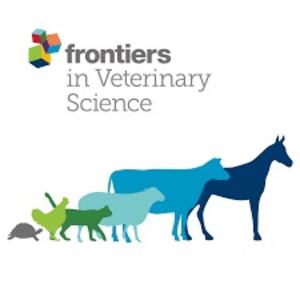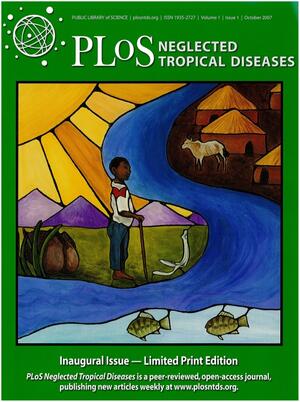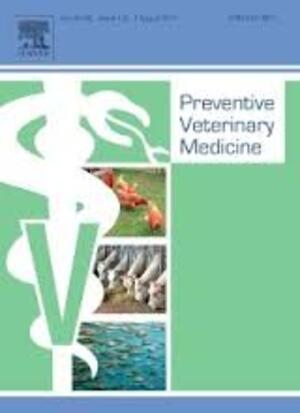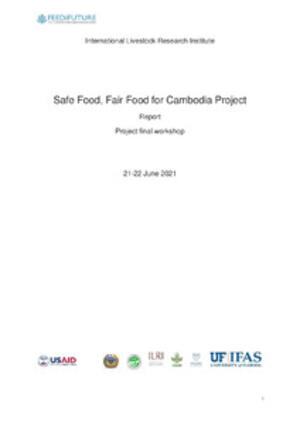
An expost economic assessment of the intervention against highly pathogenic avian influenza in Nigeria
Abstract
This study assesses the intervention against avian influenza in Nigeria. It applied a simple compartmental model to define endemic and burn-out scenarios for the risk of spread of HPAI in Nigeria. It followed with the derivation of low and high mortality risks associated to each scenario. The estimated risk parameters were subsequently used to stochastically simulate the trajectory of the disease, had no intervention been carried out. Overall, the intervention costs US$ 41 million, which was yearly dis- bursed in various amounts over the 2006-2010 period. The key output variables (incremental net benefit, disease cost, and benefit cost ratio) were estimated for each randomly drawn risk parameter. With a 12% annual discount rate, the results show that the intervention was economically justified under the endemic scenario with high mortality risk. On average, incremental benefit under this scenario amounted to US$ 63.7 million, incremental net benefit to US$27.2 million, and benefit cost ratio estimated to 1.75.
Citation
Fadiga, M.L., Okike, I. and Bett, B. 2014. An expost economic assessment of the intervention against highly pathogenic avian influenza in Nigeria. Bio-based and Applied Economics 3(1): 45-61.










